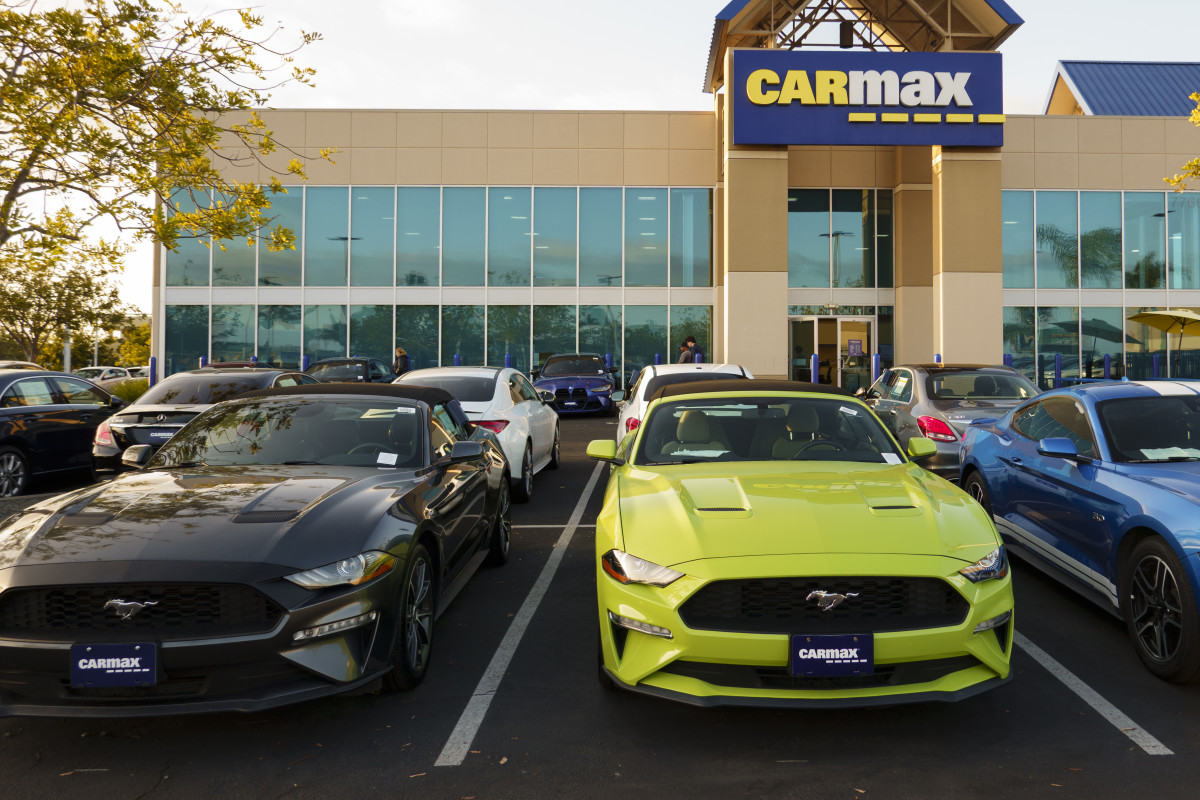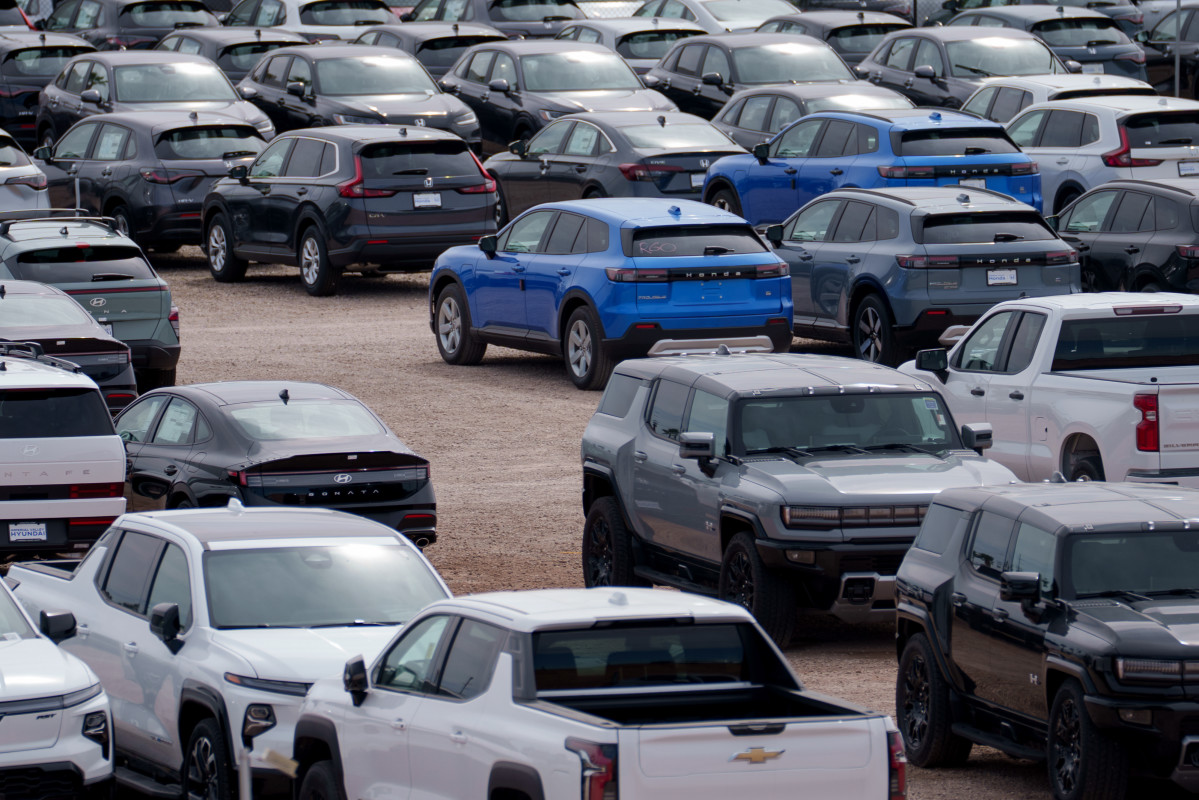The numbers don't seem to add up
While many signals suggest the pre-owned car market is strong, CarMax’s recent earnings call suggests something is amiss. A significant quarterly earnings miss for Q2 sent stock prices plummeting 25 percent to $0.64 per share. Heading into Q4, there are now significant questions about what will happen with the used car market.
As one of the largest used car dealers, CarMax’s performance is viewed as a signal for the auto market in general, but most directly the used auto market. With a 6.3 percent decline in comparable store unit sales, CarMax fell short of Wall Street's expectations of a 0.7 percent increase in sales. Now, investors and onlookers fear the second half of the year might be all doom and gloom for the used car market, and possibly the auto market en masse.

CarMax’s Q2 earnings by the numbers
Retail used car sales dipped 5.4 percent, and comparable store unit sales are down 6.3 percent. Wholesale unit sales are down 2.2 percent. CarMax purchased 2.4 percent fewer vehicles from consumers and dealers in Q2 (293,000), of which 262,000 were directly from consumers. SG&A (selling, general, and administrative expenses) decreased by 1.6 percent to $601.1 million, with an additional $150 million in reduced operational overhead planned for the next 18 months. Combined retail and wholesale used vehicle unit sales were 338,031, a decrease of 4.1% from the prior year’s second quarter.
Auto financing through CarMax saw income decrease 11.2 percent to $102.6 million, with CarMax saying “an increase in the provision for loan losses outweighed growth in the net interest margin percentage.” Net earnings per share are $0.64, down 25 percent from Q2 2024 when shares were $0.85 each. CarMax also notes it repurchased $180 million in common stock. “While this was a challenging quarter, we remain confident in our long-term strategy and the strength of the earnings model that we have built,” said Bill Nash, president and chief executive officer of CarMax.
Why CarMax’s earnings are concerning
In Q1 2025, CarMax increased comparable store used unit sales by 8.1 percent, and retail used unit sales were up nine percent. To experience such a steep decline in one quarter, particularly with year-over-year comparisons also down, suggests a serious problem with the used car market. It may also be a signal of broader economic instability and consumer reluctance to make large purchases.
Auto dealerships are bolstering their own used car inventory, which adds pressure on CarMax. Many people sell their vehicles to CarMax because they receive a better offer than they would at a dealership, where they may be trading their vehicle in. If the offer is comparable, this harms CarMax’s ability to keep its lots full.
CarMax’s success in 2025 appears to be due to pull-forward demand, a strategy in which retailers stockpile goods expecting prices to rise, and tariffs absolutely played a role for CarMax. In its Q1 earnings report, CarMax says income from financing was down “by an influx of self-funded, higher credit purchasers seen during the initial announcement of tariffs.” In Q2, CarMax says “changes in general or regional U.S. economic conditions, including economic downturns, inflationary pressures, fluctuating interest rates, tariffs or the effect of trade policies, and the potential impact of international events” may harm them in Q3 and beyond.

Final thoughts
Steep competition from auto dealerships and a skittish customer base wary of large purchases pose a challenge for CarMax. Used car prices are dropping due to consumer fears over tariffs and the economy, while competition is driving up the price of acquiring vehicles. All told, it’s going to be a rough six months for CarMax, particularly as new vehicles from automakers start hitting lots and bold consumers look to trade their cars in for something new.


